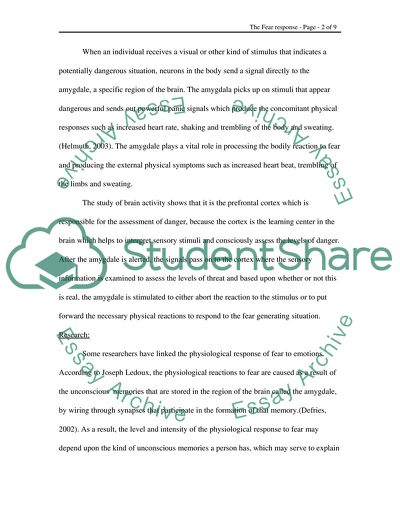Cite this document
(“The Physiology Of The Fear Response Essay Example | Topics and Well Written Essays - 2000 words”, n.d.)
The Physiology Of The Fear Response Essay Example | Topics and Well Written Essays - 2000 words. Retrieved from https://studentshare.org/psychology/1542548-the-physiology-of-the-fear-response
The Physiology Of The Fear Response Essay Example | Topics and Well Written Essays - 2000 words. Retrieved from https://studentshare.org/psychology/1542548-the-physiology-of-the-fear-response
(The Physiology Of The Fear Response Essay Example | Topics and Well Written Essays - 2000 Words)
The Physiology Of The Fear Response Essay Example | Topics and Well Written Essays - 2000 Words. https://studentshare.org/psychology/1542548-the-physiology-of-the-fear-response.
The Physiology Of The Fear Response Essay Example | Topics and Well Written Essays - 2000 Words. https://studentshare.org/psychology/1542548-the-physiology-of-the-fear-response.
“The Physiology Of The Fear Response Essay Example | Topics and Well Written Essays - 2000 Words”, n.d. https://studentshare.org/psychology/1542548-the-physiology-of-the-fear-response.


